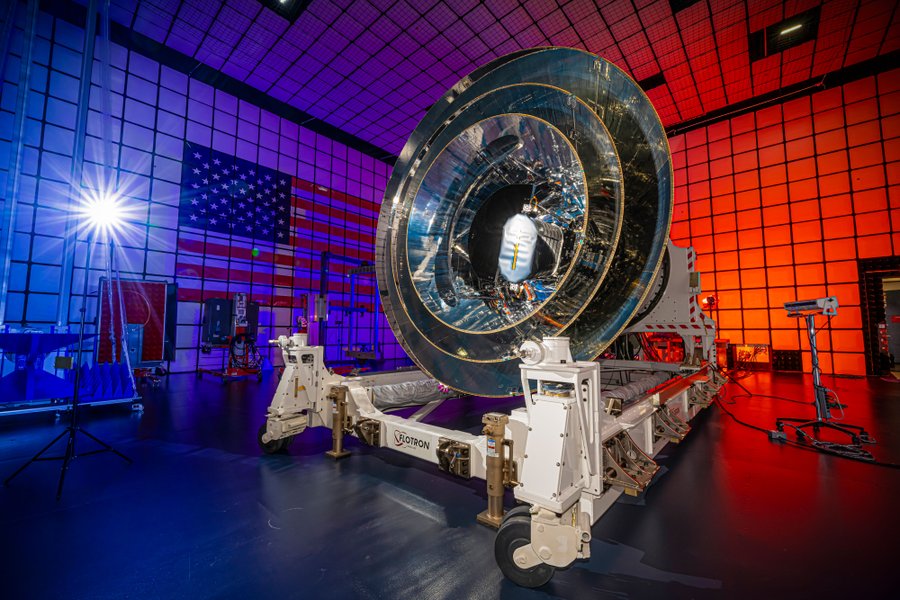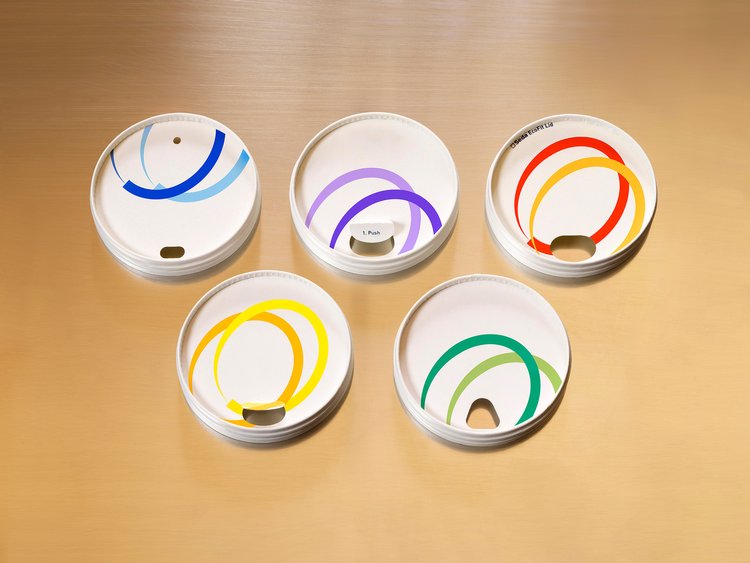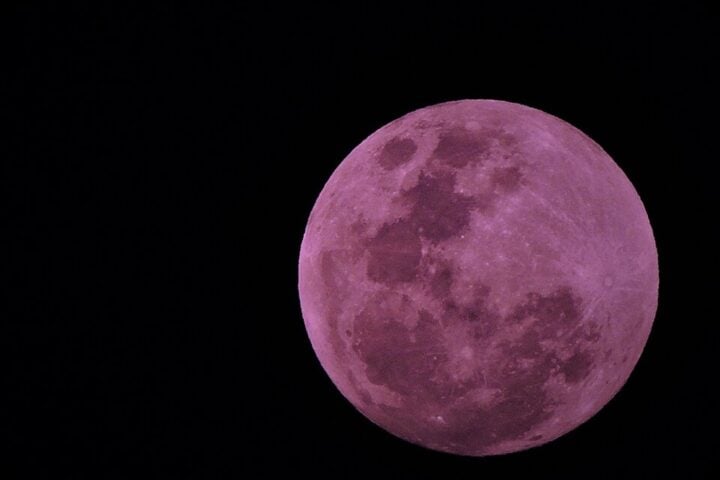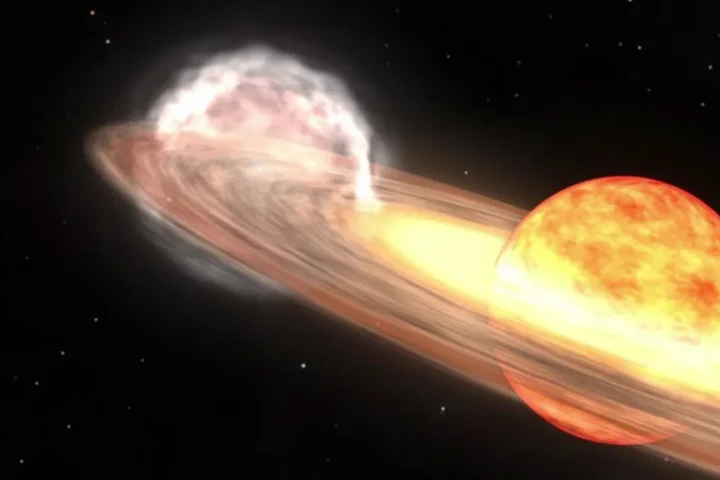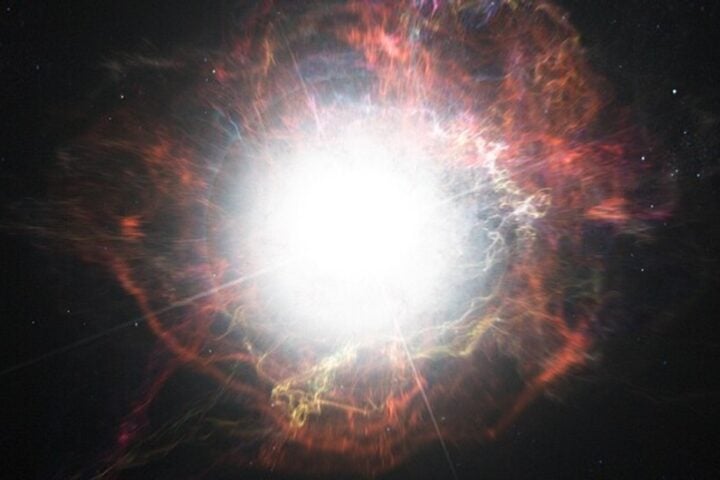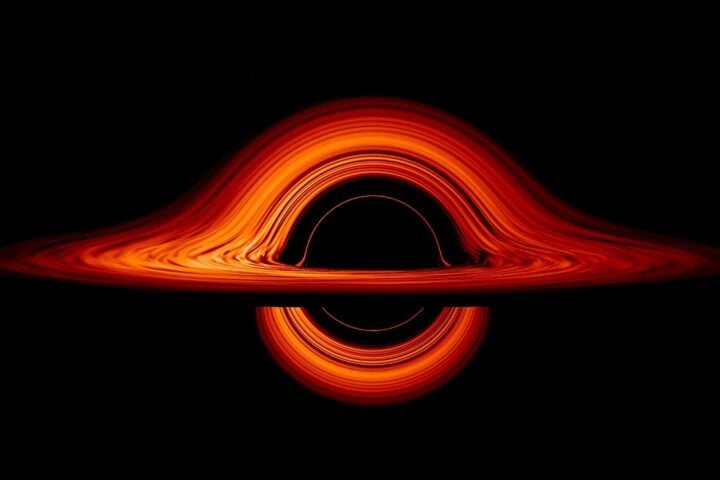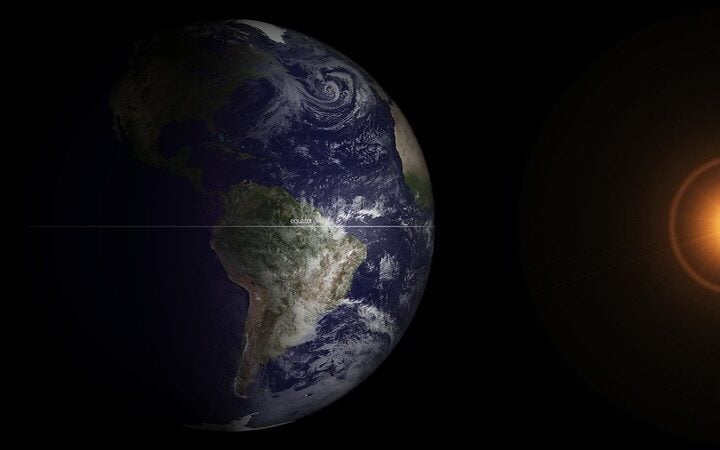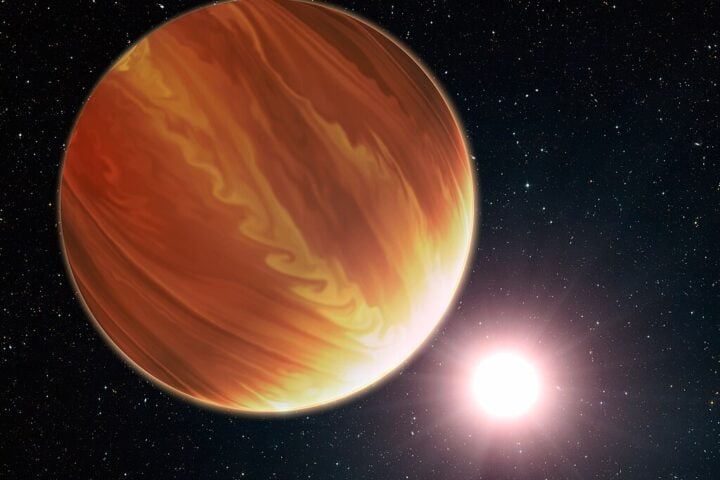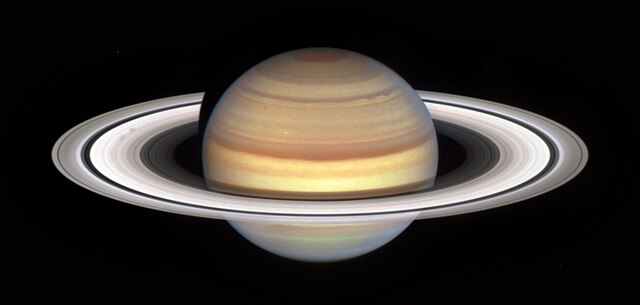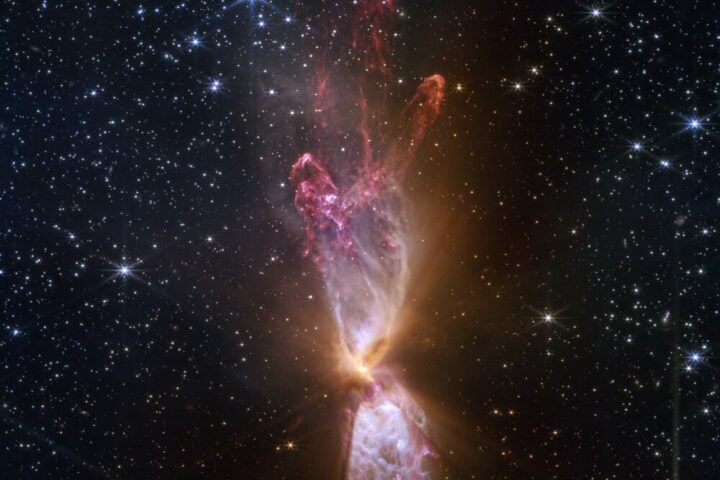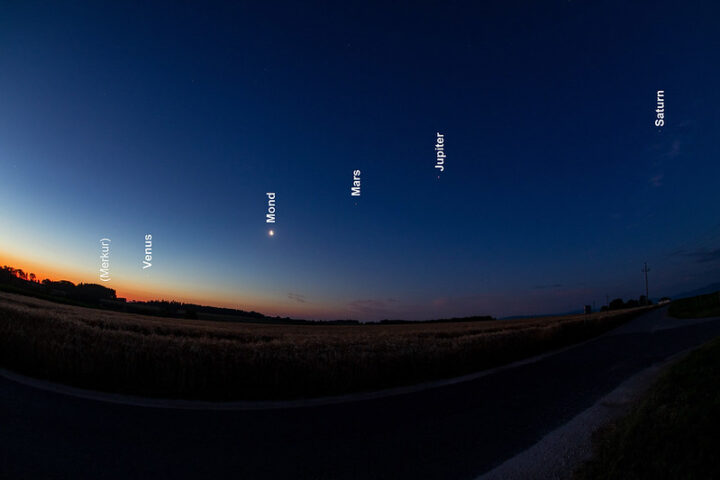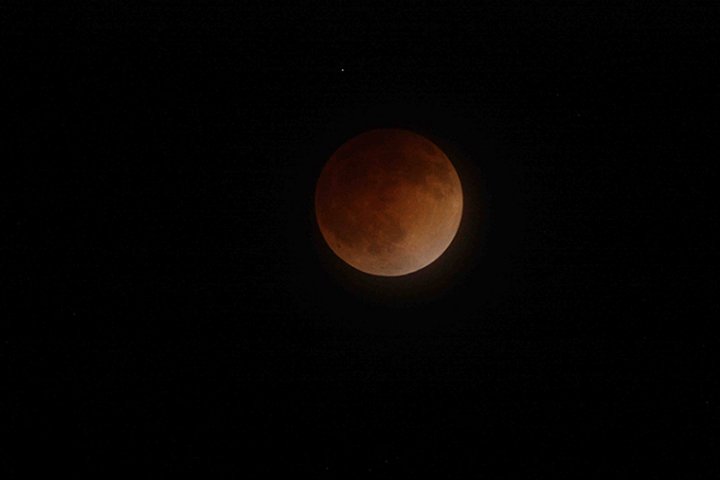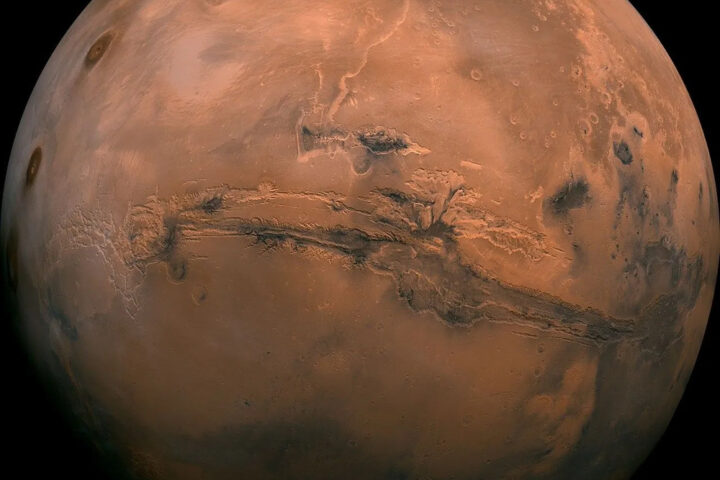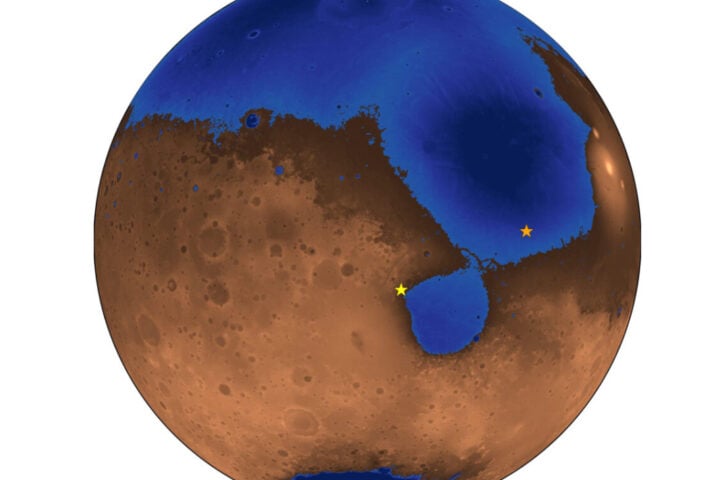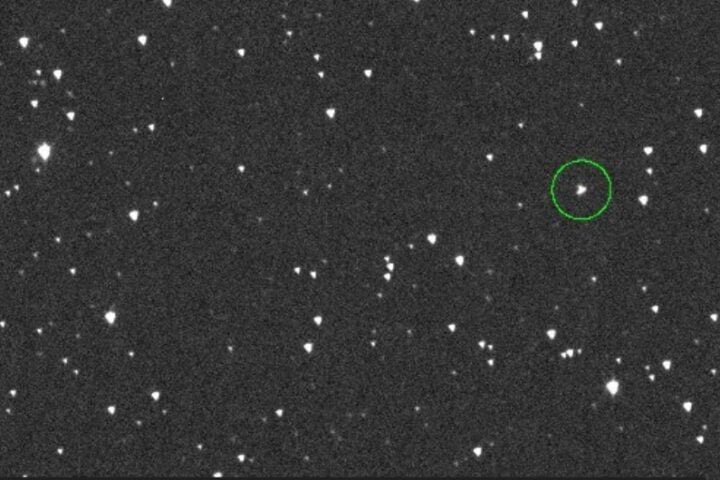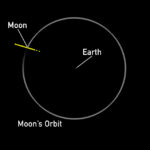NASA’s newest space telescope, SPHEREx, is ready to give us a fresh look at the universe when it launches on February 27, 2025. The $488 million mission will map the entire sky in infrared light, creating the most detailed cosmic map ever made in 102 different infrared colors.
“We are literally mapping the entire celestial sky in 102 infrared colors for the first time in humanity’s history, and we will see that every six months,” said Nicky Fox, associate administrator for NASA’s Science Mission Directorate.
While the James Webb Space Telescope takes detailed pictures of specific cosmic objects, SPHEREx takes a wider view. Shawn Domagal-Goldman, acting director of NASA’s Astrophysics Division, explains this difference with a simple comparison: “Taking a snapshot with JWST is like taking a picture of a person. What SPHEREx can do is almost like going into panorama mode, when you want to catch a big group of people and the things standing behind or around them.”
The telescope, shaped like a megaphone and weighing about 1,100 pounds, will tackle three main scientific goals. First, it will study cosmic inflation – the moment just after the Big Bang when the universe expanded tremendously in less than a second. By mapping more than 450 million galaxies, scientists hope to better understand this mysterious event.
Second, SPHEREx will measure the total light from all galaxies throughout cosmic history, including those too faint or far away for other telescopes to see. This will help scientists understand how galaxies have changed over time.
Third, the telescope will search our Milky Way galaxy for water and carbon dioxide frozen in space between stars. These molecules are essential building blocks for life, and finding them could help explain how life might form on other planets.
To work properly, SPHEREx needs to stay extremely cold, around minus 350 degrees Fahrenheit. Beth Fabinsky, deputy project manager at NASA’s Jet Propulsion Laboratory, explains that the telescope uses less power than a home refrigerator – about 270-300 watts – and has special shields to protect it from the Sun’s heat.
The mission will share its SpaceX Falcon 9 rocket ride with NASA’s PUNCH mission, which will study the Sun. After launch from Vandenberg Space Force Base in California, the rocket’s first stage will return to Earth, landing at the base about eight minutes after liftoff.
Similar Posts
Jamie Bock, SPHEREx’s principal investigator at Caltech, is particularly excited about the mission’s first moments in space: “The moment I’m looking forward to is once we pop the lid off the telescope and take in our first image – that’ll tell us everything’s working as expected.”
The mission is designed to run for two years, creating new maps of the entire sky every six months. These maps will be available to scientists within two months of each observation, helping them choose interesting targets for closer study with other telescopes like Webb.
SPHEREx demonstrates how NASA is building a network of complementary telescopes, each with its own strengths. As Domagal-Goldman notes, “No single instrument, no one instrument, no single mission can tell us the full story of the cosmos. Those answers to the big questions come from the power of combined observations from combined observatories.”
